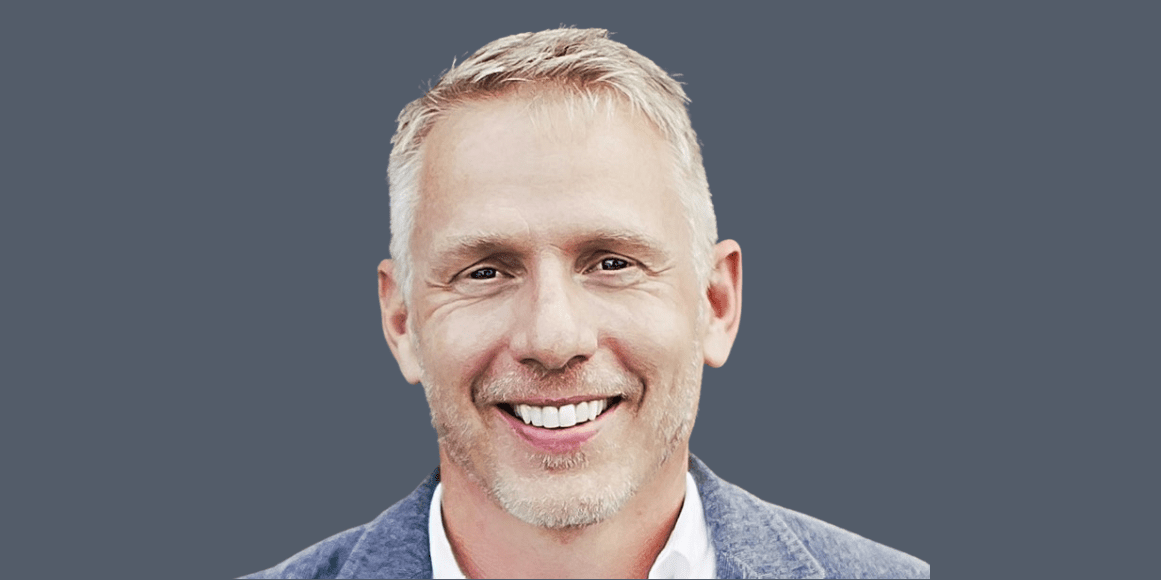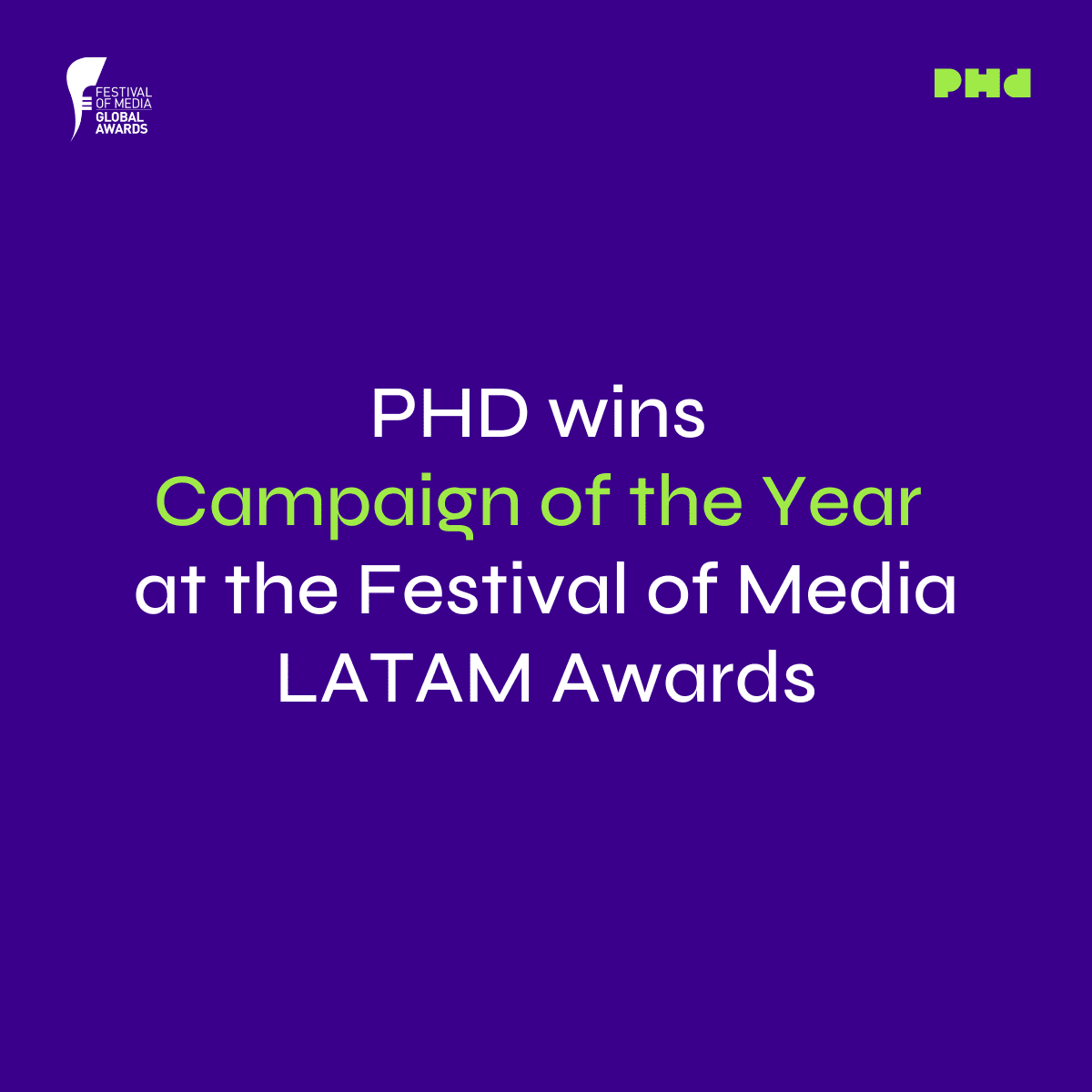What are the key challenges and opportunities impacting marketers today? In this interview, we hear from Dan Salzman, Global Head of Marketing, Media Analytics and Insights at HP.
An innovative business leader with more than 20 years of experience, Dan is responsible for driving optimal customer experience at HP from product definition through marketing to product experience. Significantly, he also drove the political transformation of HP marketing from a traditional marketing group to a fully digitally capable organisation.
PHD: What are the biggest challenges facing marketers right now? How are you at HP addressing them?
Dan Salzman, HP: The shift from traditional to digital marketing has been a big focus for HP, and we’re [constantly] learning about the digital marketing ecosystem. We’re learning about what can work within it, and we’re also seeing a massive change with the depth of the cookie and the regulatory overlay that happens.
I think the biggest challenge for marketing is for all of us to stop thinking about change as a one-time process. Let’s become digital marketers – customer-centric marketers – [and] manage relationships with customers, because the cookie is going away.
PHD: How do you think consumer demands are changing, especially within your space? And why?
DS: There are significant changes in how customers are using our products and services. The pandemic in many ways has accelerated, positively and negatively, aspects of our businesses that we knew were coming. Hybrid work has been central for the HP business over the last couple of years as customers have as people have ended up working from home much more and need technology that enables them to do that effectively.
As we move out of the pandemic, hybrid work is going to continue as a trend, but it’s going to take on a different dimension as people are now going into the office and back home and travelling. Creating solutions for customers that allow them to seamlessly move between work and home is a big area of focus for us – in the commercial space and the consumer space.
On the print side, there’s some downside. I think the pandemic accelerated digitization and automation of many of the paper-based processes that exist in all our lives. And those aren’t coming back when people go back to the office. Those processes are not going to get eliminated so that people can use paper in quite the same way.
PHD: How have your marketing tactics changed to reach consumers in different spaces?
DS: I think the changes in how we’re reaching customers are a function of what’s happening in the broader marketing ecosystem. We, along with everyone, are trying to come to terms with what’s going to be required of us in terms of managing our customer data directly and reaching out to customers.
A couple of years ago, we decided to insource all our digital media or digital media buying. We’ve maintained a great partnership with PHD on how we do that and how we leverage strategy and external capabilities along with offline buying.
But we decided to insource our digital media buying because we wanted to control that customer experience and control ourselves, the touchpoints that we have with our customers externally. We feel like that’s been an advantage to us because it’s helped us to better tie our existing first-party data to our execution in the marketplace. But we need to take that to a different level, and that’s going to be a big area of focus for us as we build those capabilities.
Internally, I think one of the challenges we have is that our customer data exists all over the place in very different places. It’s not tied together as tightly as we would like it to be. That journey is not just a marketing journey. It’s a company-wide journey.
PHD: With the new channels that are developing, we’re seeing things like the metaverse, NFTs, and other kinds of innovations. How are you approaching those spaces, how can brands get started with these kinds of things, and what lessons have you learned?
DS: You’ve just got to get out there and try some stuff. There’s been a constant sort of battle between what’s real and what’s not what’s going to be different and meaningful for us to drive the outcomes.
We’re in the process; my immediate leadership team and I are quite deep in the metaverse, understanding what developers’ best practices are. We all got ourselves headsets and we wondered about ourselves, which makes it much more personal in terms of what we think we can impact.
PHD: How does that impact the balance between driving short-term sales and brand building? What does that balance look like now?
DS: It’s a topic of lots of conversations within our business. For us, we have a business that is consumer and commercial [focused]. We service businesses, and we have audiences that are consumers; we have audiences that are hardcore IT decision-makers, and we have Enterprise audiences; so, there’s no one answer to that question.
It depends on that mix between brand building and demand generation. Tactically, it is driven by what we’re trying to accomplish in an individual business or a short-term window in the long term.
There are two dynamics that I think are important for all of us as marketers to deal with. One is I think that the break between brand building and demand generation hurts us as a way of breaking out of what we do.
Much of what we do, everything that we do has to drive demand. It’s just in some cases, there’s a broader play where we can drive much more of a long-term impact on the business, and great pricing capability. And all the wonderful things we know we can do with brand building.
I think that the distinction between demand generation and brand building is an artificial one. And I think we don’t do ourselves a service. We have to talk about demand in multiple dimensions and multiple time horizons. I think it’s a better way to do it.
PHD: What are your predictions for the future of marketing or what will be the next big thing?
DS: I think we have to figure out how to not make it such a mess for our customers. You know, the average person sees 4,000 to 10,000 ads a day. I mean, just take a moment, and absorb that. It’s such a mass and yet I can’t think of a single ad I saw yesterday that impacted me.
We have created this ecosystem where someone can create a web page, place advertising on that web page, and put whatever content they can to bring people in, good, bad, or awful as it could be. That brings eyeballs to that site, and then they monetize that thing with ads on the left, or on the right, or in the middle. We have to figure this out because simply proliferating mechanisms for us to impact customers infinitely is not working, and as a result, we’re all less able to do our jobs.
This interview was first recorded for Radio Omnicom and was broadcast live during Cannes Lions 2022.
Click here to sign up for our Media Weekly newsletter and get exciting updates from the PHD network, directly into your inbox every week!



